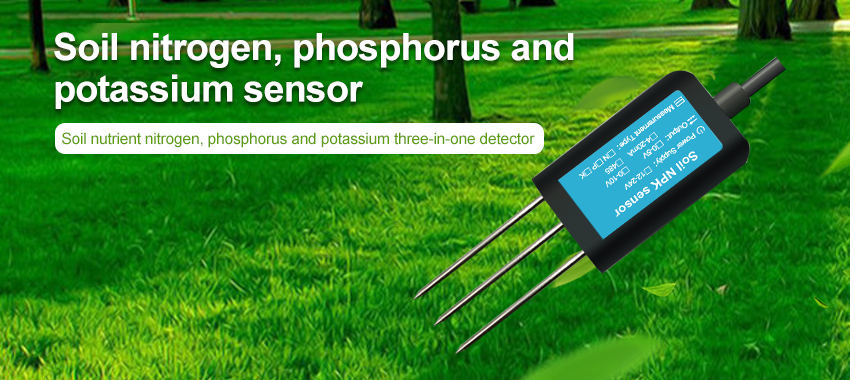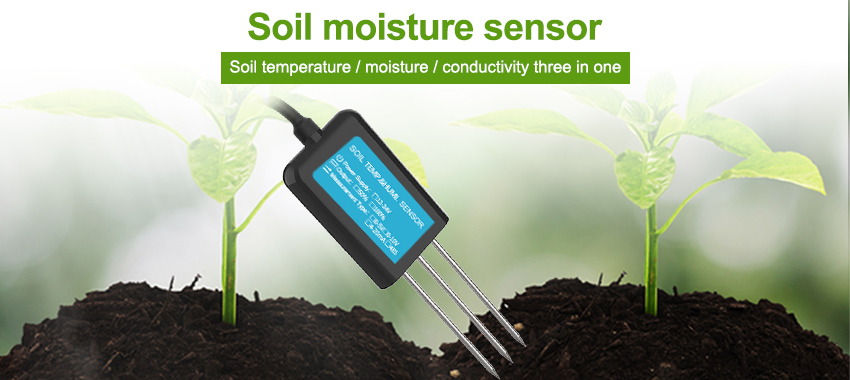Agriculture is a dynamic and constantly evolving industry, and technology has played an essential role in its transformation over the years. One of the most significant technological advancements in recent years is the development of soil sensors. Soil sensors are electronic devices that measure various soil properties such as moisture, temperature, pH levels, and nutrient content. These tools have become increasingly significant in optimizing irrigation and nutrient management practices, leading to more efficient use of resources, increased crop yields, and reduced environmental impact. In this article, we will explore the importance of soil sensor technology in optimizing irrigation and nutrient management in agriculture.

Irrigation Management
Water management is one of the most significant factors affecting crop growth and yield. Under-irrigation or over-irrigation can lead to decreased yields, increased water usage, and environmental damage. Thus, it is essential to monitor soil moisture levels accurately to determine optimal irrigation schedules. This is where soil sensors come into play.
Soil sensors provide real-time data on soil moisture levels, enabling farmers to make informed decisions about when and how much to water their crops. Soil moisture levels can be monitored at different depths to determine the depth and frequency of irrigation required. For example, if the data indicates that the topsoil is dry, but the subsoil is still moist, farmers can adjust their irrigation schedule or reduce the amount of water applied.
Soil sensors can also help farmers conserve water by avoiding over-irrigation. Over-irrigation leads to waterlogged soils, which can result in reduced oxygen availability for plant roots, nutrient leaching, and soil erosion. By monitoring soil moisture levels, farmers can avoid over-watering their crops, leading to higher yields and less waste.
Nutrient Management
Proper nutrient management is critical for plant growth and yield. Soil sensors can provide real-time data on nutrient levels in the soil, enabling farmers to adjust their fertilization practices accordingly. For example, if the data indicates that the soil has excess nutrients, farmers can reduce the amount of fertilizer applied, leading to cost savings and reduced environmental impact.
Soil sensors can also help farmers diagnose nutrient deficiencies and adjust their fertilization practices accordingly. For example, if the data indicates a lack of nitrogen in the soil, farmers can apply nitrogen fertilizer at the appropriate time and rate, leading to improved plant growth and yield.
In addition to optimizing nutrient management, soil sensors can also aid in identifying nutrient loss from fields. For example, if the data indicates high levels of nitrates in the soil, it may indicate that nitrogen is leaching from the soil and contaminating groundwater. By monitoring nutrient levels, farmers can implement practices to reduce nutrient loss, such as cover cropping or implementing conservation practices.

Integration with Precision Agriculture
Soil sensor technology can be integrated with other precision agriculture technologies to optimize irrigation and nutrient management further. For example, combining soil sensors with GPS mapping technology can enable farmers to map soil variability in fields and adjust irrigation and fertilization practices accordingly. Additionally, integrating soil sensors with automated irrigation systems can enable real-time adjustments based on soil moisture levels, leading to better efficiency and water conservation.
Conclusion
Soil sensors have become an essential tool in agriculture, aiding farmers in optimizing irrigation and nutrient management practices. By providing real-time data on soil moisture levels, nutrient content, pH levels, and temperature, soil sensors enable informed decision-making, leading to more efficient use of resources and increased crop yields. As technology continues to advance, the accuracy, affordability, and accessibility of soil sensors will improve, further enhancing their capabilities in optimizing irrigation and nutrient management practices. From the ground up, soil sensors are transforming agriculture into a more sustainable and efficient industry.
